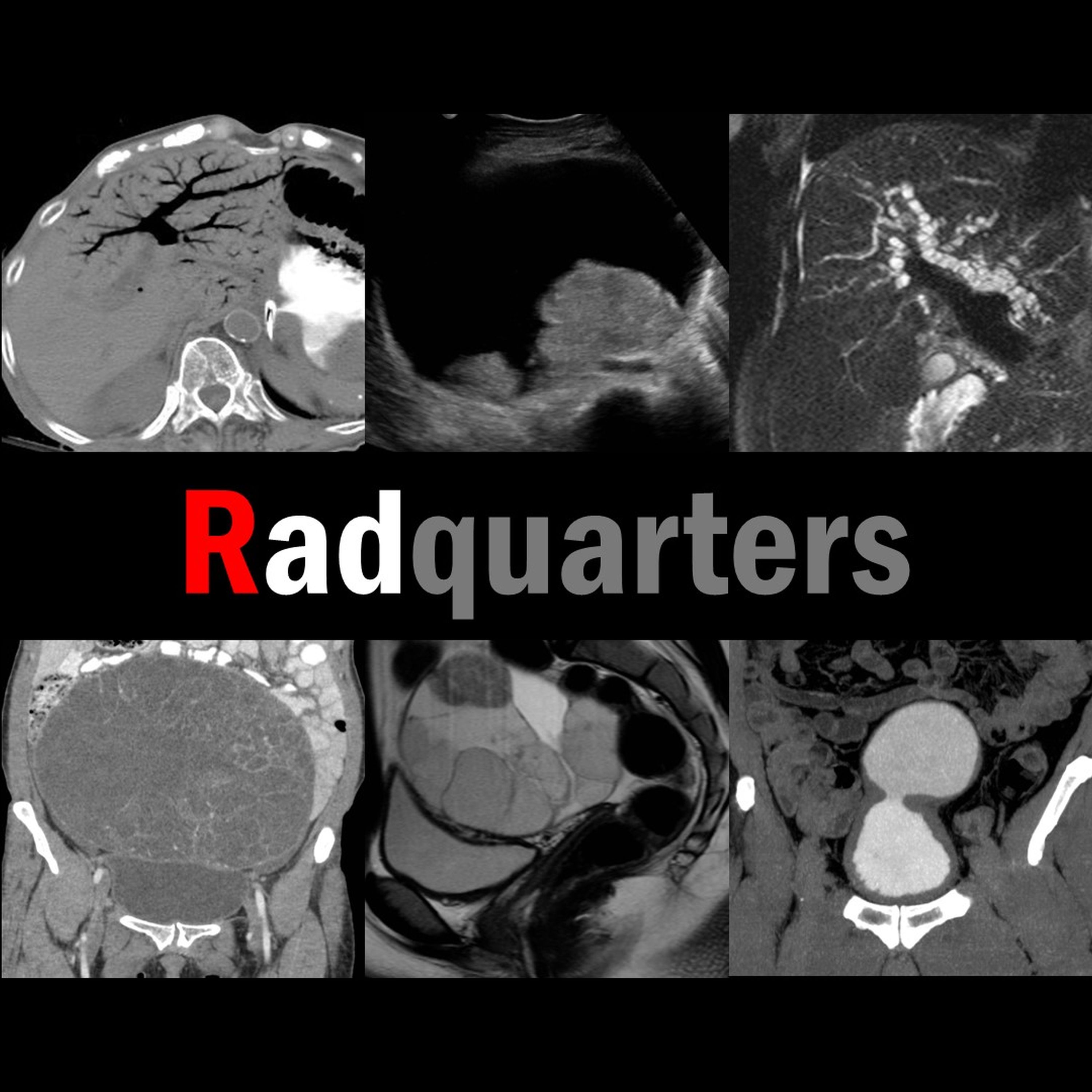Case Review: Ultrasound of Torsion of the Appendix Testis
Description
In this radiology lecture, we review the ultrasound appearance of torsion of the appendix testis and appendix epididymis!
Key teaching points include:
* Appendix testis is a vestigial appendage usually located between upper pole of testis and head of epididymis.
* AKA hydatid of Morgagni, the appendix testis is commonly present as a normal finding.
* Appendix epididymis typically arises from epididymal head.
* Both scrotal appendages are often pedunculated which increases risk of torsion.
* Torsion occurs when appendage twists, occluding blood supply.
* Torsion of the appendix testis is one of most common causes of acute scrotal pain in prepubertal children.
* Peak age 7-12 years old, but can occur at any age.
* Normal appendix testis: Oval-shaped, less than 6 mm in size, homogeneously isoechoic to epididymis, and demonstrates little to no blood flow on color Doppler.
* Torsed appendix testis: 6 mm or larger in size, variable echogenicity, hypoechoic before 24 hours, hyperechoic or heterogeneous after 24 hours.
* In setting of appendix torsion, hyperemia of surrounding structures with hydrocele and scrotal wall thickening often present.
* Torsed appendage can detach and become free floating in s*****m.
* Patients may present with pain localized to upper pole of testis or epididymis.
* Physical examination may yield the “blue dot” sign: Small, palpable nodule at superior aspect of testis with bluish discoloration of overlying skin due to ischemic appendix.
* Cremasteric reflex typically intact, and testicle not high riding (unlike testicular torsion).
* Hyperemia of surrounding structures can be difficult to differentiate from bacterial epididymitis.
* However, in children, epididymitis usually secondary to inflammation from direct trauma, torsion of a scrotal appendage, or urine reflux into epididymis. Urine dipstick/urinalysis helpful to differentiate from infection.
* Treatment: Pain management with analgesics, ice, rest. If not recognized, may be treated unnecessarily with antibiotics. Scrotal exploration may be necessary if testicular torsion cannot be excluded.
References:
Baldisserotto M, Ketzer de Souza JC, Pertence AP, Dora MD. Color Doppler sonography of normal and torsed testicular appendages in children. AJR 2005; 184:1287–1292
To learn more about the Samsung RS85 Prestige ultrasound system, please visit: https://www.bostonimaging.com/rs85-prestige-ultrasound-system-4
Click the YouTube Community tab or follow on social media for bonus teaching material posted throughout the week!
Website: https://radiologisthq.com/
Spotify Video Podcast: https://bit.ly/spotify-rhq
Instagram: https://www.instagram.com/radiologistHQ/
Facebook: https://www.facebook.com/radiologistHeadQuarters/
Twitter: https://twitter.com/radiologistHQ
Reddit: https://www.reddit.com/user/radiologistHQ/
More Episodes
In this radiology lecture, we review the ultrasound appearance of parathyroid adenoma!
Key teaching points include:
* Benign tumor of the parathyroid glands
* Most common cause of primary hyperparathyroidism: Elevated serum calcium and parathyroid hormone (PTH) levels
* Ultrasound: Solid,...
Published 04/04/24
Published 04/04/24
In this radiology lecture, we review the ultrasound appearance of parotitis in the pediatric population!
Key teaching points include:
* Parotitis = Inflammation of the parotid glands
* Acute parotitis is usually infectious, most commonly viral
* Mumps is most common viral cause in children,...
Published 03/07/24


